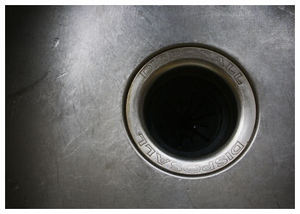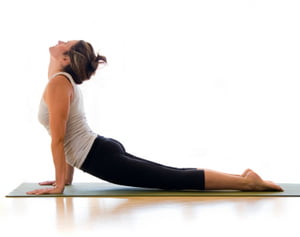Some companies-those with millions of dollars at their disposal-can afford a limitless budget when designing a trade show booth, but most small- to medium-sized businesses have to scale down their efforts. This doesn’t mean that your trade show booth needs to be lacking in appeal and functionality, however, because you can design an inexpensive trade show booth if you know how to stretch your dollars.
For example, let’s say that you’re designing a trade show booth for your web design business. We’ll assume that your goal is to attract more customers with your exhibit, while showing off some of the work you’ve completed thus far. This example is particularly important because, for a service business, you don’t have products to display at your booth, so you have to get a little creative with your design.
Booth Shape and Construction
The first step in designing a trade show booth is to consider the amount of space you have allocated to your business. Some trade show booths are rather large, while others are just eight-foot by eight-foot cubicles among a sea of other identical cubicles. The smaller the booth, the harder you have to work to make sure your business stands out.
Shape is one of the most important aspects of designing a trade show booth, especially when you’re working within a tight budget. If your booth is shaped differently than the others that surround it, people are going to naturally be drawn to whatever you’ve created. For example, moldable foam in bright colors can be used to pad the table or counter in front of your booth to create rounded corners. You can also use cut cardboard for the back of your booth, but shape it differently to add some depth.
For example, lightweight cardboard might be used to create a circular backdrop in the design of your trade show booth, giving it the illusion of a larger size. Or, for the web design business mentioned above, you could create a pop-out design of a laptop computer with a printed screen shot of your best design on the front.
Technology
Technology is something of a buzz word when designing trade show booths, and this is especially true if your business is related to electronics in any way, such as the web design business example. When you’re going the inexpensive route, however, you might be forced to dial down the effects, but this doesn’t mean that you can’t make a big impression.
For instance, a web design business probably uses several computers for its every day tasks, so load up all of your hardware to bring to the trade show. Set up three or four computers around your booth, then allow patrons to view the work you’ve done directly from the computers. This will require, obviously, that you check out the available electrical outlets at your booth, and you’ll want to bring surge protectors and other gear to ensure safety and functionality.
This also works for businesses that offer products for sale instead of services. Bring several products with you and lay them out in front of the booth so that potential customers can try them out. Having a hands-on activity will boost the design of your trade show booth significantly, and will draw more people to your display.
Signage
Another key aspect of designing a trade show booth is the signage, which is what will initially attract people to your display. Simply hanging a banner with the name of your business isn’t enough, especially if your business name isn’t descriptive of what you sell. For example, a web design company called “A.H. & Associates” could be a law firm or a bank, for all your visitors can tell.
When designing your trade show booth, consider signage that will highlight the key points of your business, especially those that will tip your hand against the competition. For example, if your web design business is offering free copywriting with your design, make sure that point is in big, bold letters-preferably in a different color from the rest of the signage.
Dimensions
Most trade show booths have specific dimensions within which you are forced to work, but this doesn’t mean that you can’t stretch the boundaries for creativity. The front of your booth, for example, should be no higher than three feet so that customers can write down information or use the things you have on display. A width of about 60 inches is ideal, especially if you’re displaying electronics, because less space will make it feel cramped, but more will create unused space.
As mentioned above, however, you can get creative when designing your trade show booth. For example, you might have two or three feet of additional space in front of the main booth area, which can be used for myriad purposes. Particle board pillars or kiosks of different heights can display various products, or you can have a pop-out booth front that provides additional room for brochures and pamphlets.
Hand-Outs
Don’t forget to give potential customers something to take with them when designing your trade show booth. Even if they don’t have time to stop and chat, they can pick up a brochure or business card and get back to you later. Putting these “take-aways” at the front of the booth in an accessible location is ideal, and make sure you avoid micro-managing the taking of these items.
Ideally, hand-outs should contain the same information you give at the booth itself, such as your major products or services and your contact information. For the aforementioned web design business, you could include full-color screen shots of the web sites you’ve designed, plus a list of software with which you routinely work.


